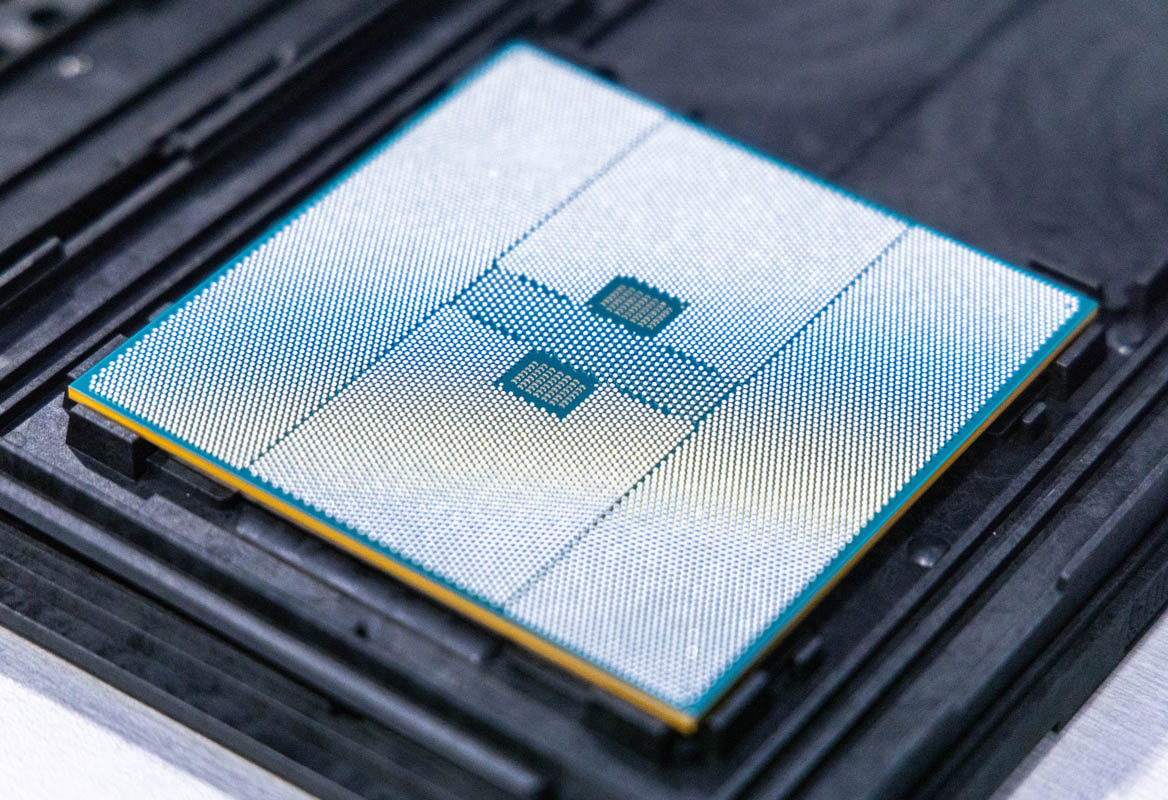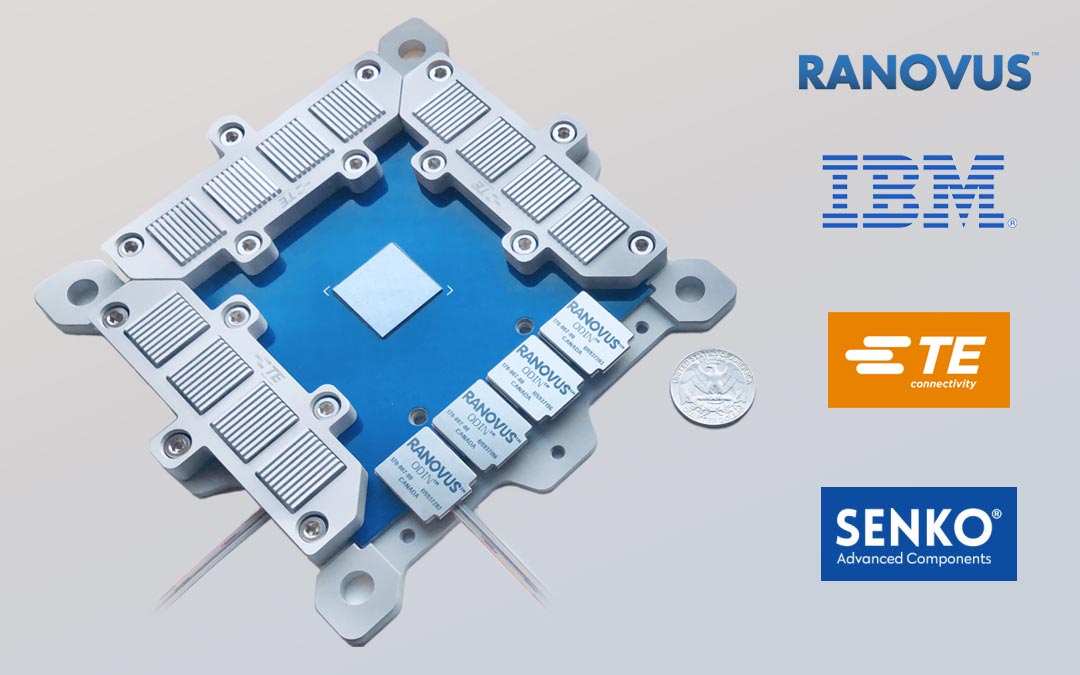The Ranovus solution is exactly what I was describing (and what was used in our feasibility study) -- it needs several cm of in-package tracking not a few mm, and realistically the optics have to be mounted on sockets to allow repairability, which means they need conventional SERDES links not BoW, which means higher power. A possible alternative is so-called "direct-drive" optics (with no retimer in the optics), but this gets more and more difficult as data rates go up due to losses and reflections in the link (via connector) between switch chip and optics, which add up for both ends of the link since the optics are transparent.
It's OK if the entire switch/driver/optics solution comes from a single vendor and is the same at both ends, then there's only one company to point the finger of blame at. If the solution at each end is vertically integrated but different at the two ends of the link, then you get into interoperability certification which customers don't like. If the optics are also pluggable -- and this means standardising the interface, including control and power supplies, which is difficult to say the least -- then there are four parties involved in loss budget of a single link.
So the customer wants both a reliable and predictable system with clear responsibility for delivering and fault-finding (same supplier everywhere), but also supplier competition at both ends of the link and with the CPO -- and these two wished are diametrically opposed. To replace a bad CPO tile the entire shelf has to be removed, the CPO package dismantled and a new tile inserted, which is horrible compared to just plugging in an optical module at the faceplate.
This is why the industry is clinging on to faceplate pluggable optics for as long as possible until they have absolutely no choice, because even if CPO works technically they pose huge business/maintenance problems in reality.
It's why the mass introduction of CPO keeps getting pushed back to the next generation of switch chips, and this has been happening for some time. I'm not just speculating here, I've been involved in extensive discussions about CPO for several years... ;-)

 www.servethehome.com
www.servethehome.com





